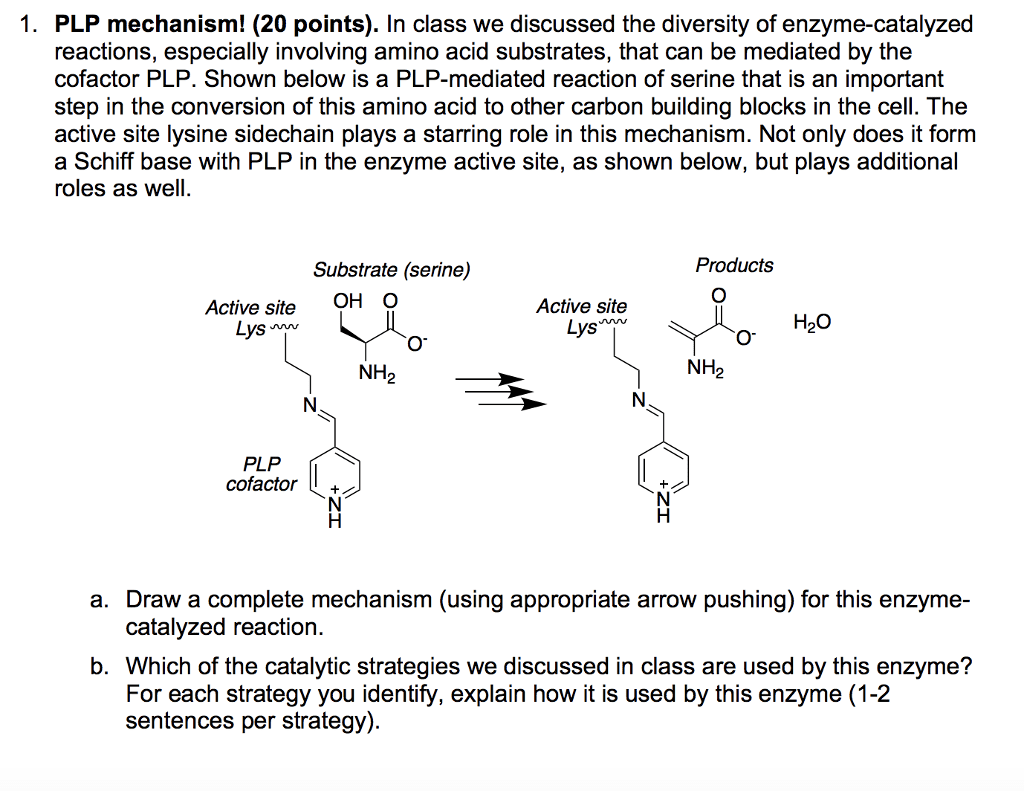CH 461 Lecture Notes - Lecture 18: Glutamine Synthetase, Aromatic Amino Acids, Pyridoxal Phosphate
Document Summary
The reduced nitrogen is transferred from glutamate and glutamine into a variety of compounds that participate in a variety of reactions in the cell. Amino acidsglutamate (along with aspartate) is a key substrate and product in transamination (aminotransferase) reactions for amino acid interconversions. Their mechanism uses the cofactor pyridoxal phosphate to form schiff bases with amino groups, a lysine side chain. This schiff base is displaced by the amino group of amino acid(1), The pyridoxal group is bound to the enzyme by a schiff base with the amino group of for example, glutamate. The keto acid, for example, ketoglutarate, is released, leaving the amino group on the cofactor, which is now in the pyridoxamine form. Nutritionally, humans derive their pyridoxal coenzyme from vitamin b 6. Most symptoms of vitamin b 6 deficiency apparently result from the involvement of the coenzyme in the biosynthesis of neurotransmitters and the niacin group of nad and nadph rather than from amino acid deficiency.



